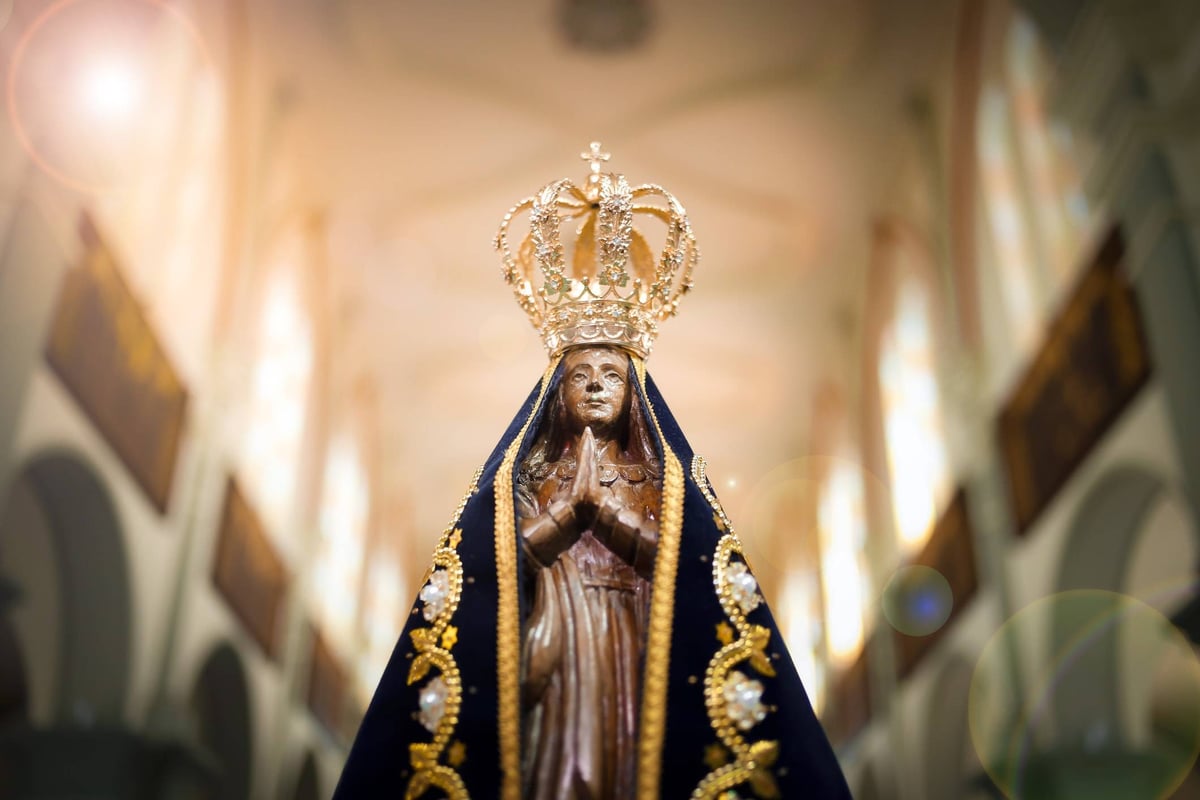Brazilian Apostolate

The devotion to Our Lady of Aparecida began over 300 years ago in Brazil when, on October 12, 1717, three fishermen—Domingos Garcia, Filipe Pedroso, and João Alves—were struggling to catch fish for a governor’s dinner in Guarantinguetá. After an entire day without success, João cast his net once more and pulled up a headless statue, followed by another cast that retrieved its missing head, revealing an image of Mother Mary. Immediately after, their nets overflowed with fish, an event seen as a miracle and the beginning of deep devotion to Our Lady of Aparecida.
When news of the statue spread to neighboring villages, many came to honor the Blessed Virgin Mary and pray the Rosary. They gave her the name “Nossa Senhora da Conceição Aparecida,” which means Our Lady of the Appeared Conception.
Due to the large crowds, a small chapel was built, and a larger one later in 1737 to accommodate visitors. Soon witnesses spoke of the many miracles that took place in the sanctuary and graces from Our Lady.
As popularity grew, so did the location of the statue. A larger cathedral, known as the Old Basilica, began being built in 1846 and was completed in 1888. Pope St Pius X ordered that the statue be crowned of Our Lady of Aparecida. In 1930, Pope Pius XI declared Our Lady of Aparecida to be the Patroness of Brazil.
In 1955, work began on the current Basilica of Our Lady of Aparecida. Pope John Paul II visited and inaugurated it in 1980. The Basilica of Our Lady of Aparecida is known as the second largest basilica in the world, behind St. Peter’s Basilica in Rome.
The Feast Day of Our Lady of Aparecida is celebrated on October 12, the actual day of the discovery of the statue by the three fishermen. The liturgical calendar of the Roman Rite approved for Brazil considers the day a holy day of obligation, as it is a solemnity. Our Lady of Aparecida remains an important part of Brazilian Catholics’ faith.

